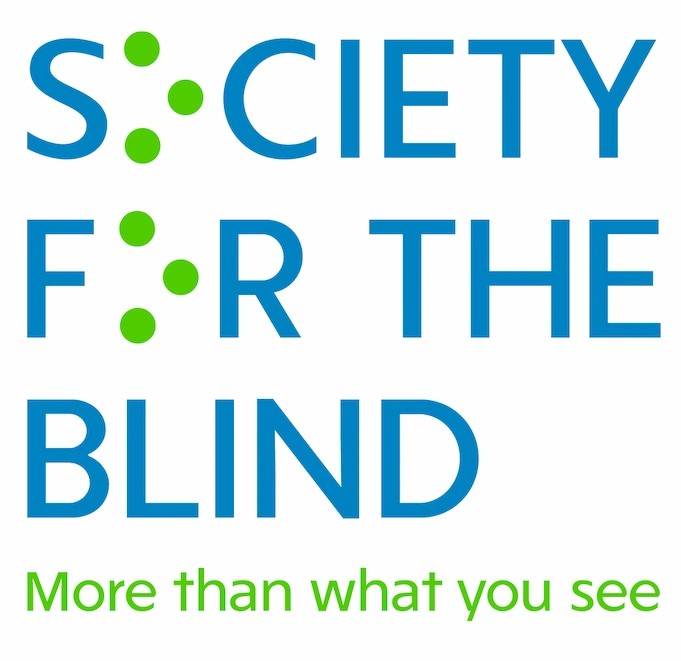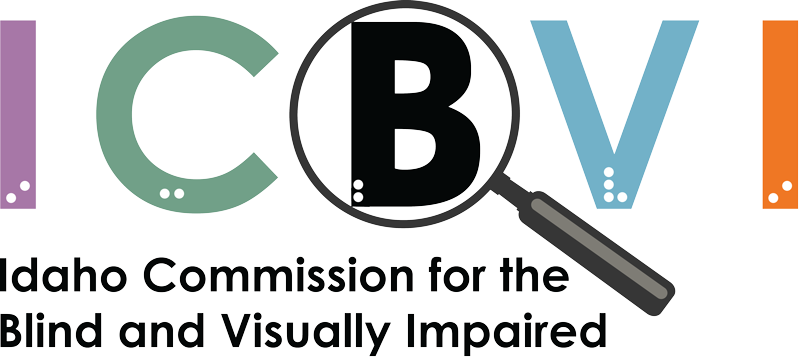Planning for Best Practices
Planning for Best Practices
Best practices are service delivery strategies or techniques that appear effective based on available evidence; are client-centered; are sensitive to the context of the service delivery setting; and are responsive to evolving technology, resources, and/or research.

Promising Practices is one of the four focus areas of the OIB TAC grant.
Help us identify what OIB program practices are working well and could be shared with other programs.
1. Consider what is working well
2. Document what is working well
3. Find ways to measure what is working well by considering:
- What kind of difference might result?
- What information would help show the benefit of the activity?
- What impact can be anticipated?
- How can the impact be measured?
4. Complete a Promising Practices Submission Form
What is a Promising Practice?
A promising practice has:
- Results that are measurable
- Been implemented and had a positive outcome
- A positive impact on the individuals served or the staff who provide services
- Met the criteria for assessment
Examples of Promising Practices for Consideration
Process
- Data collection
- Allowing digital signatures
- Steps for ordering aids and devices
Strategic
- Providing shorter, instructional appointments with less content
- Meeting regularly with contractors to improve communication
- Do intake over the phone and instructional appointments in person
Programmatic
- Using a set curriculum for group instruction
- Using consistent practices for recruiting, training, and ongoing training for peer support leaders
- Using a consistent procedure to provide loaner or trial equipment for consumers
What are the criteria for assessment of a Promising Practice?
The promising practice is...
- Relevant to the goals and objectives of the OIB program
- Based on common sense and sound practice
- Completed or near completion (in terms of documentation and data collection)
- Well-executed with met goals
- Reaching the target audience
- Having a positive outcome for the majority of the target audience
- Receiving positive feedback from collaborating partners (if applicable)
- With the potential to be replicable/generalizable to other locations
- With the potential to be implemented and sustained over time
- Able to be evaluated with data
Promising Practices in Action
Promising Practices in Action Initiative: OIB-TAC is excited to share our latest initiative, Promising Practices in Action, which focuses on enhancing teaching and learning outcomes for Older Individuals who are Blind (OIB). Through collaborative sharing of experiences, OIB state programs can explore diverse approaches to maximizing resources that have demonstrated success across various service delivery models. This initiative encourages the continuous improvement of services by allowing OIB programs to learn from each other's successes and challenges. By collaborating and sharing insights, we can maximize our resources and improve the quality of services provided to stakeholders. Stay tuned as we discover and highlight promising practices that inspire innovation, collaboration, and excellence in OIB programming!
Volunteer Driver Program

Future In Sight in New Hampshire offers program participants, including OIB consumers, transportation to essential appointments, grocery shopping, and Future In Sight events and activities FREE of charge through their volunteer driver program.
2024 Data: 85 volunteer drivers, 3,305 volunteer hours, 2,799 one-way rides provided, 108 clients utilized the program, and 54,823 miles driven
Agency Cost: Future In Sight provides mileage reimbursement to volunteer drivers and pays for Ride Scheduler software to manage and fulfill ride requests. OIB consumers are not charged for rides.
Important Takeaway: The Ride Scheduler software cost is invaluable to our team, allowing for a streamlined process. We highly recommend using software to other agencies considering creating a volunteer driver program.
Senior IMPACT Mentorship Program

Mentors are clients who come with different experiences, backgrounds, and skill sets. They express interest in volunteering for California’s Society for the Blind as a Mentor. Mentors demonstrate the ability to learn and practice good listening and empathy skills, share their story, be a role model, demonstrate non-visual skill building, structured discovery principles, strategizing, and problem-solving skills. Learn more about their program here: Senior IMPACT Program
Data: The Senior IMPACT Program has 14 active mentors.
Agency Cost: Staff time is used to support the mentor program.
Important Takeaway: Providing consistent training and monthly participation requirements for mentors is important for maintaining consistency and efficacy.
Community Partner Network

The Aging Eyes Initiative, through Minnesota's State Services for the Blind, is a network of providers collaborating to offer information, resources, and referrals for low vision needs. Partners include social workers, audiologists, occupational therapists, agencies focused on aging, and more. They receive kits of essential supplies to distribute during assessments. Individuals needing intensive training and vision rehabilitation are referred to Minnesota’s State Services to access comprehensive OIB services.
Data: On average, 800 consumers are served annually. The program has 400 active partners.
Agency Cost: The initial program started through a $60,000 grant and is now covered by OIB funding.
Important Takeaway: Implementing more procedures in the partner training program helps to ensure partners are committed to providing assistance.
Maximizing the NLS Cartridge

Idaho Commission for the Blind instructors create personalized audio lessons, voice memos, and individual plans for each participant as needed. Additionally, staff members have produced pre-recorded lessons that are universally applicable and shared among clients. Recordings help support skills between lessons, provide reminders for steps of a task, and provide homework lessons to support training. Our team also makes audio recordings compatible with iPhones and various digital devices for easy sharing. Learn more: Creating MP3 Files with Voice Memo on iOS
Data: Case notes are used to compile qualitative data. Staff find improved homework completion rates between lessons and can identify someone not genuinely invested in their instruction. It makes direct instruction staff more proficient.
Agency Cost: The local NLS program provides free cartridges to instructors. ICBVI purchased one lightning adapter for each staff member at $8 - $10 each.
Important Takeaway: Staff must know how to teach the NLS player well and need to know how to create recordings before implementing this type of program. This type of program could be much more helpful for times that people cannot get out of the home or live in a rural community.
In January of 2017, OIB-TAC convened a task force.
Sixteen experts from diverse professional backgrounds came together for two days to identify best practices based on this definition:
Best practices are service delivery strategies or techniques that appear effective based on available evidence; are client-centered; are sensitive to the context of the service delivery setting; and are responsive to evolving technology, resources, and/or research.
The agreed upon best practices are aspirational but include guidance on how to reach acceptable practice when the best practice cannot be attained. Topics addressed centered on the administration of the OIB program by state agencies and their contractors.
Below is the resulting report, “Best Practices in the Administration of the Older Individuals who are Blind Program”.
Best Practices in the Administration of the OIB Program
Best Practices in the Administration of the OIB Program
This course is designed to provide information on the best practices for programs serving older individuals who are blind. These best practices are for policymakers, service providers, and administrators, to guide them in providing quality services through OIB programs. Click on the link below to access our FREE course.